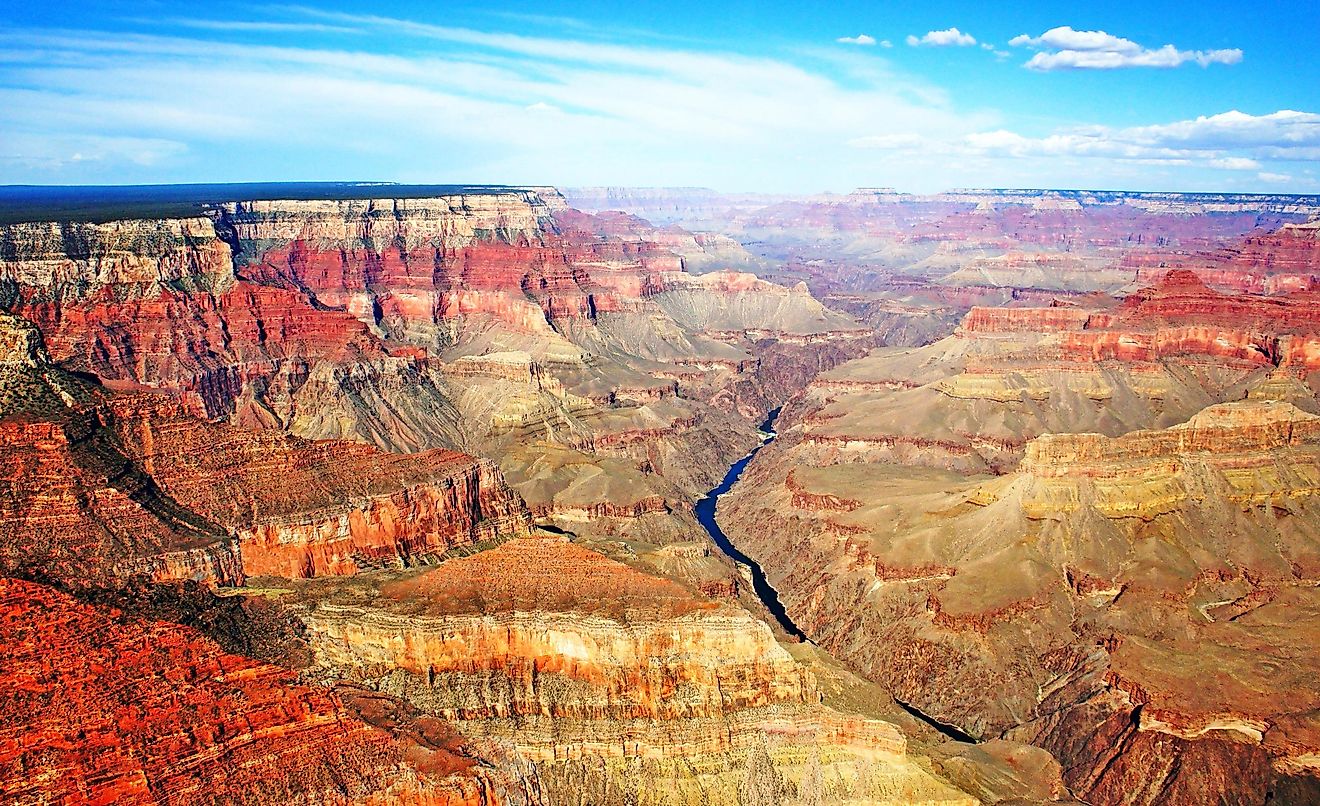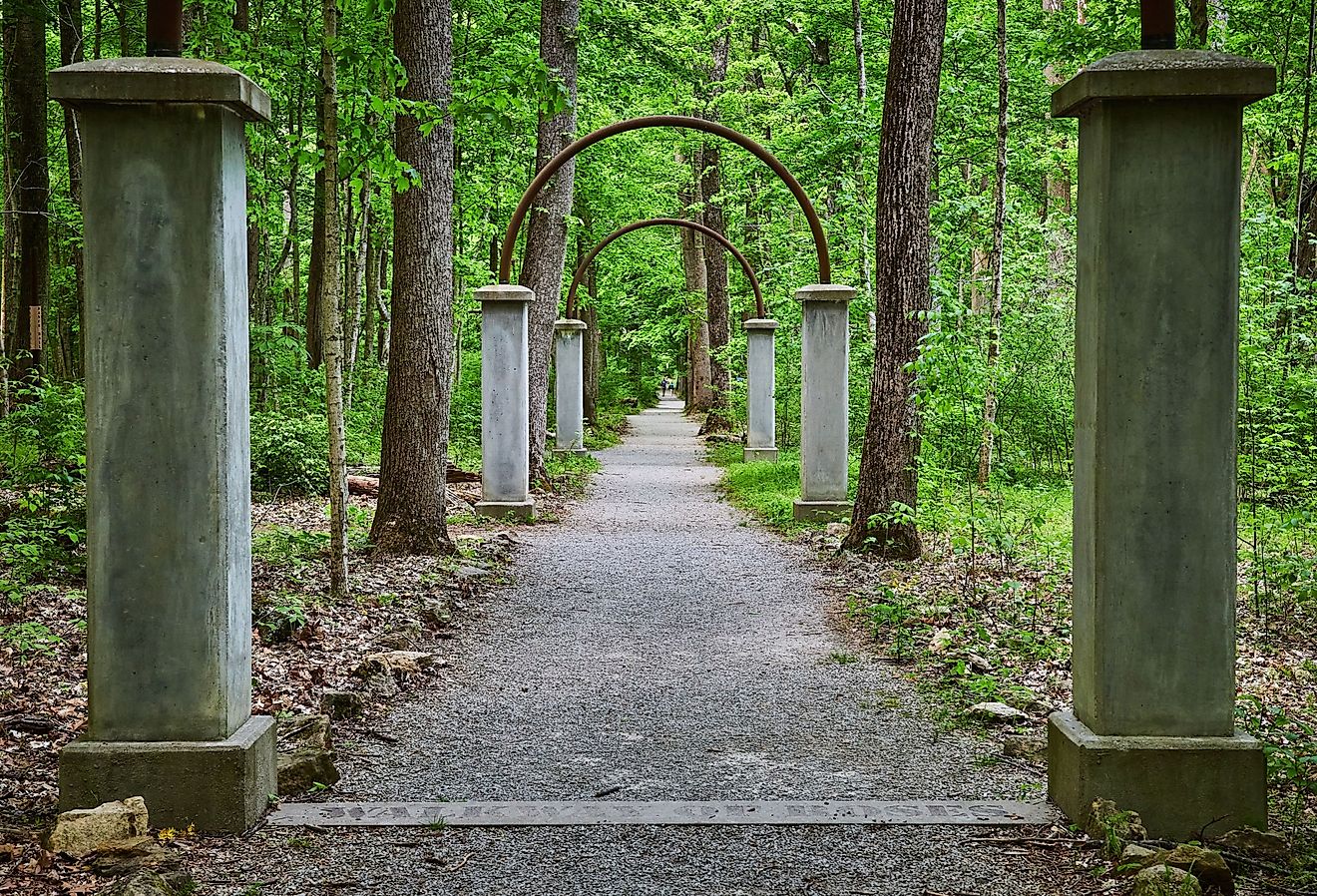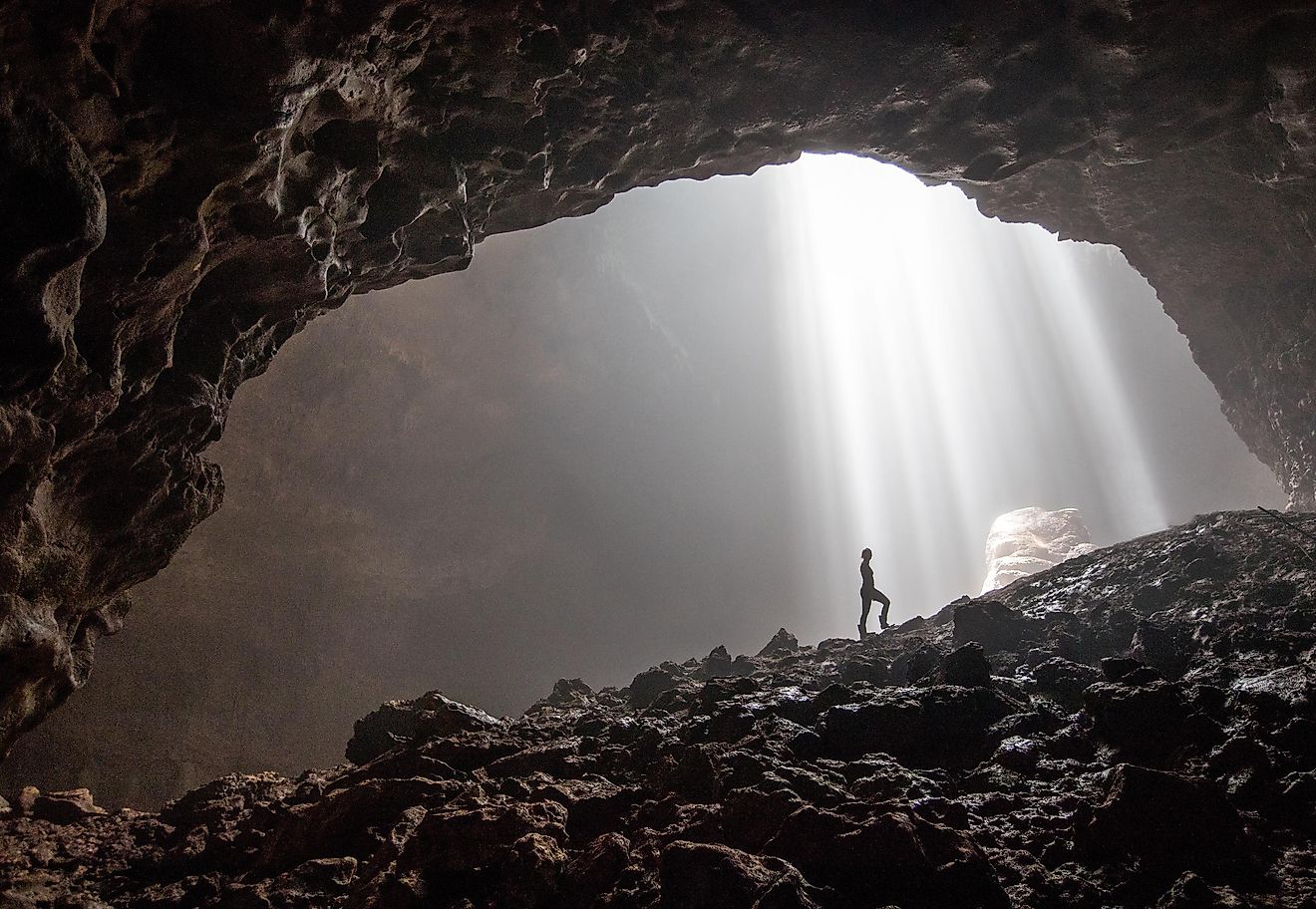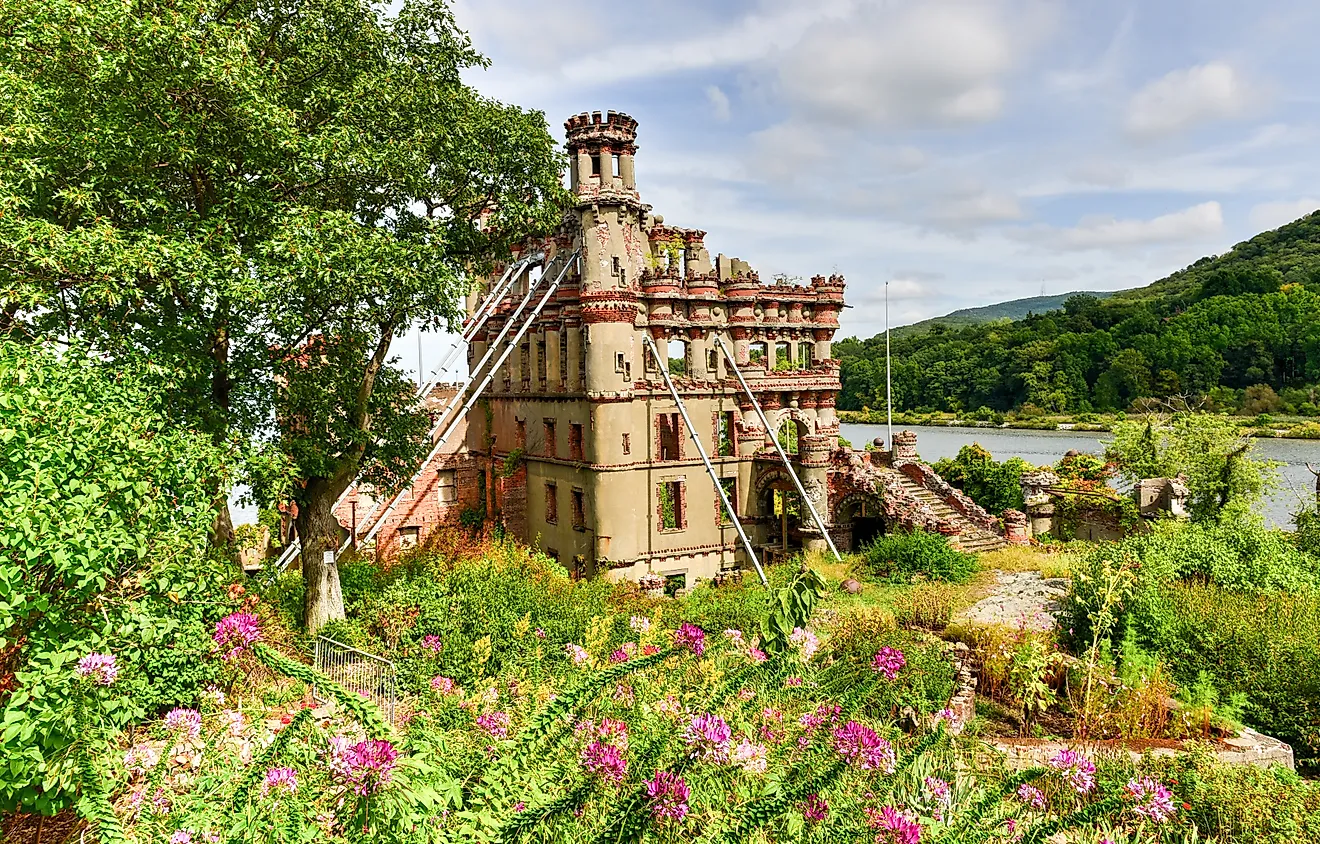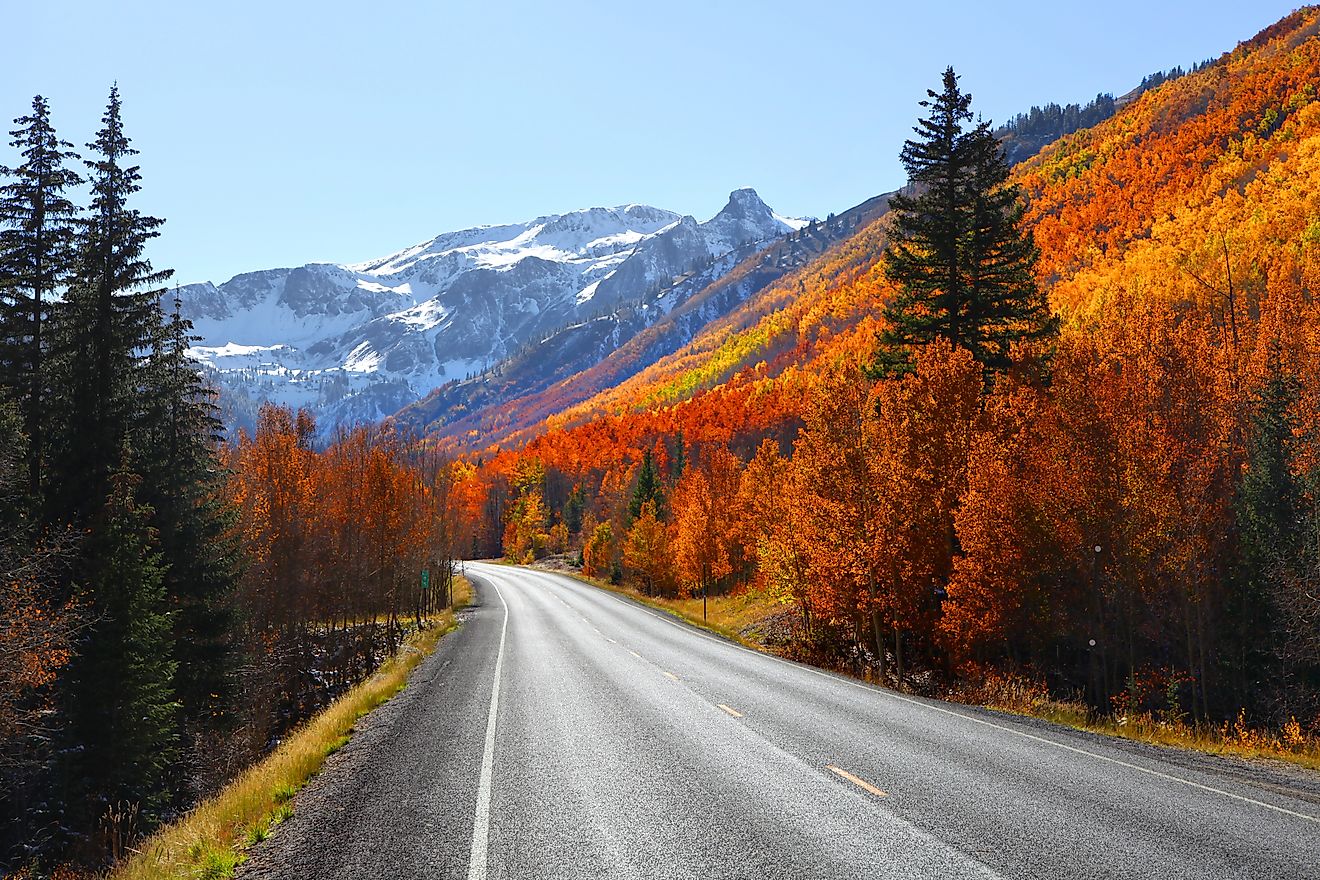
New York State's Engineering Marvel Turns 200 Years in 2025
Two hundred years after Governor DeWitt Clinton symbolically poured water from Lake Erie into New York Harbor to signify the "Wedding of the Waters," the Erie Canal continues to serve as a reminder of what was long considered America's most important manmade waterway. This 363-mile engineering feat not only helped transform the social and economic fabric of the Empire State, it also played a major part in shaping the destiny of the United States as a whole.
This year, 2025, not only marks the bicentennial of the canal’s opening, but also its role in accelerating westward expansion and establishing New York City as the commercial capital of the United States. And from Buffalo to Albany, communities along the canal are ready to celebrate both the waterway's remarkable history as well as its continued relevance in the 21st century.
Why Build the Erie Canal?
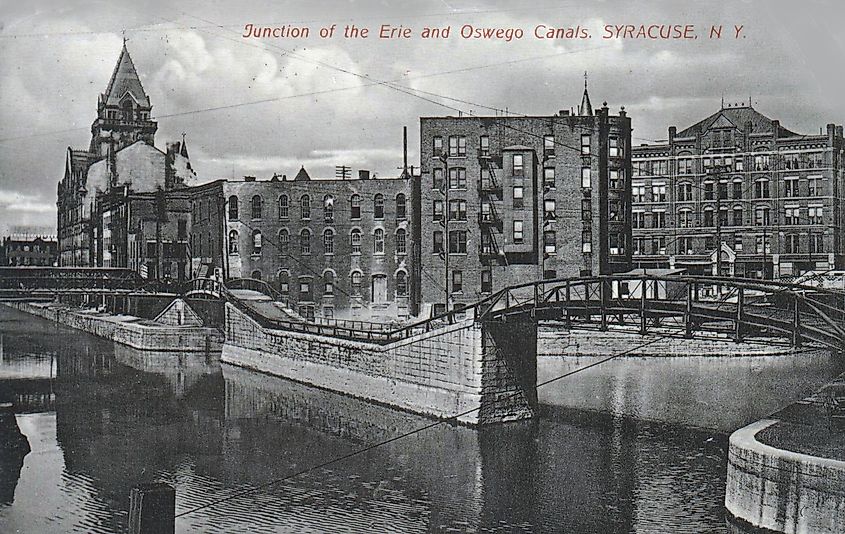
The need for a canal emerged as one of the few feasible solutions to circumvent a major obstacle that threatened to strangle America's westward growth: the Appalachian Mountains. This imposing barrier between the Atlantic coast and the nation's interior made the transportation of goods from Buffalo to New York City a formidable undertaking that took two weeks by stagecoach at a cost of between $90 and $125 per ton.
With commercial railroads still years away, farmers in the fertile lands of the Midwest and other areas beyond the mountains had no other choice but to send their produce south along the Mississippi River. Once in the then major port of New Orleans, they’d then be transported by sea to destinations on the East Coast and in Europe.
It was Jesse Hawley, a bankrupt flour merchant, who first suggested a cross-state canal as a viable option. While imprisoned in debtor's jail, he wrote a series of well-researched and detailed essays that were published between 1807 and 1808 and which caught the attention of DeWitt Clinton, the mayor of New York City. Despite critics later claiming the proposal as "Clinton's Folly" and "Clinton's Ditch," DeWitt Clinton immediately saw tremendous merit in Hawley’s idea and wasted no time in championing the project, acknowledging Hawley’s input at every turn.
From Pipe Dream to Reality
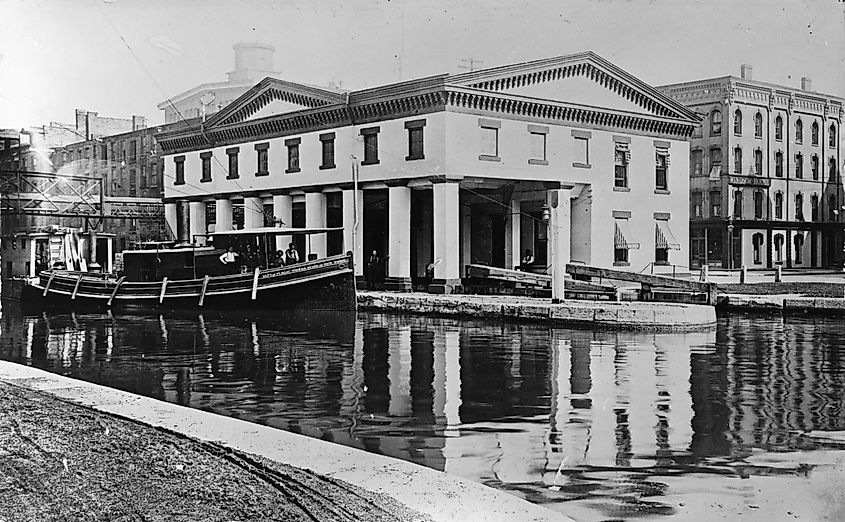
DeWitt Clinton's transformation from advocate to canal champion got serious in 1810 when he joined the Erie Canal Commission, a group set up to investigate the potential for the project. The commission's hotly-debated 1811 report to the legislature recommended public financing and state control, arguing that private ventures had repeatedly failed such ambitious projects.
The debate intensified after the War of 1812 ended in 1814, with the project finally gaining momentum when DeWitt Clinton won the governorship in 1817. In a pivotal moment, he persuaded former opponents in the state legislature to throw their weight behind the project, which they did, in the process securing $7 million in funding.
Just three days after the former mayor took office as governor, ground was broken, launching what would become America's most transformative infrastructure project.
Canal Construction
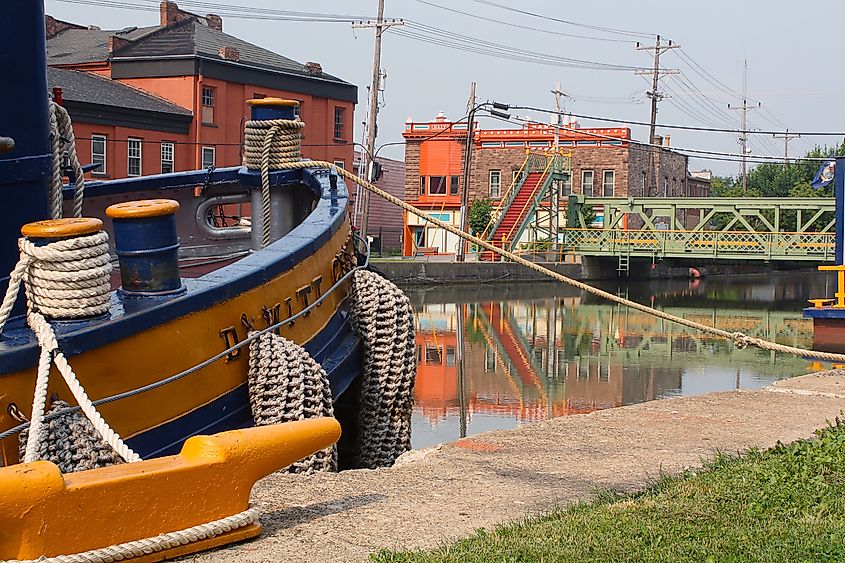
Construction began in July 1817 at Rome, chosen as it was known to be the easiest 90-mile middle section where the terrain was most level. The project employed approximately 9,000 laborers over its eight-year construction period, mostly U.S.-born workers supplemented by Irish immigrants. These men, working with picks, shovels, and primitive black powder, excavated a channel 40 feet wide and 4 feet deep through forest, limestone ridges, and swamps.
The engineering challenges demanded no end of innovation to overcome the many challenges faced. inventions designed through necessity included a stump-puller to rip massive tree roots from the ground, a horse-powered earth-moving crane, and even a type of cement that could harden underwater.
The canal also required 83 stone locks to navigate 571-feet of elevation change, as well as 18 aqueducts to carry boats over rivers and valleys. The most famous (also one of the most challenging to build) parts of the canal, was the “Flight of Five" locks. Located at the aptly named Lockport, it required workers to blast through the solid rock of the Niagara Escarpment to create a staircase that lifted boats 49 feet.
Open for Business
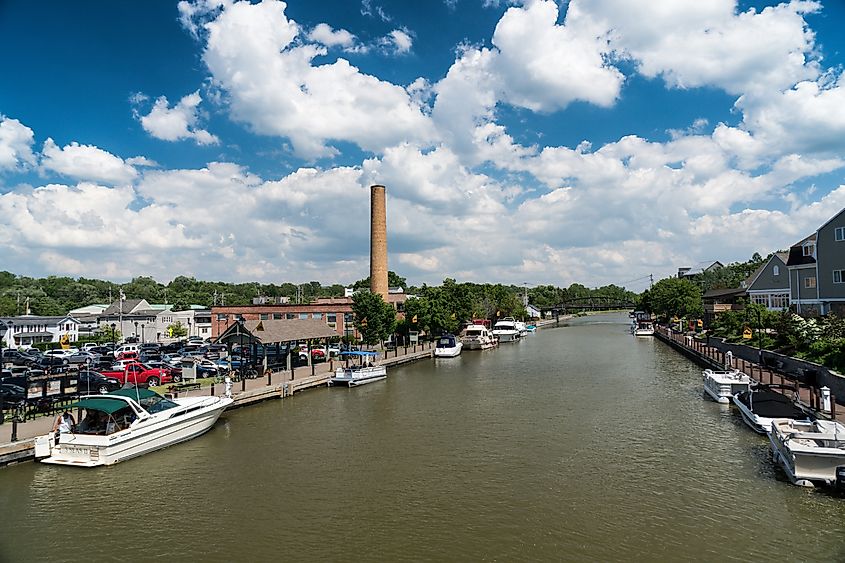
The Erie Canal's economic impact was immediate… and staggering. Opened in sections as completed, the entire waterway was operational by October 26, 1825, an impressive two years ahead of schedule and at a cost of $7,143,000, just slightly over Hawley’s original estimate of 18 years earlier.
Travel time from Albany to Buffalo instantly dropped from two weeks to five days, while freight costs plummeted by 90 percent, from $90 per ton to just $4. The route was to prove so popular that toll revenues exceeded projections dramatically, enabling the state to recoup its entire construction investment within nine years. By 1835, New York was collecting $1.5 million annually in tolls, reaching $3.33 million by 1847.
The canal also quickly transformed New York City from a second-tier port into America's dominant commercial center, surpassing Philadelphia, Boston, and Baltimore. In 1820, before the canal opened, New York handled approximately 38 percent of American imports. Yet by 1860, that figure had risen to an impressive 62 percent. The city's population also quadrupled between 1820 and 1850, growing from 123,706 to 515,547 residents.
Go West for Success
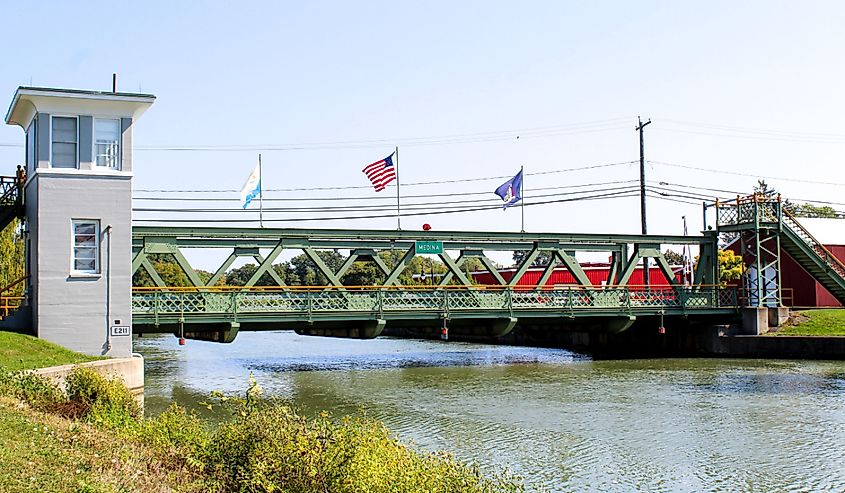
Along the canal route, villages became cities virtually overnight. Rochester exploded from just 331 residents in 1815 to over 8,000 by 1827, earning the nickname "Flour City" as mills along the Genesee River processed wheat from western farms. Buffalo's population increased from 2,095 in 1820 to 42,261 by 1850; Syracuse emerged as a major salt producer; Utica, meanwhile, became an important textile manufacturing center.
The impact didn’t stop with towns and cities, though. In fact, the canal played a huge role in opening up the Midwest to settlement and commerce. In 1829, 3,640 bushels of wheat traveled east on the canal; by 1841, that number reached 1 million bushels. It proved an important people mover, too, and carried more westbound immigrants than any other trans-Appalachian route with packet boats offering relatively comfortable passage to frontier lands.
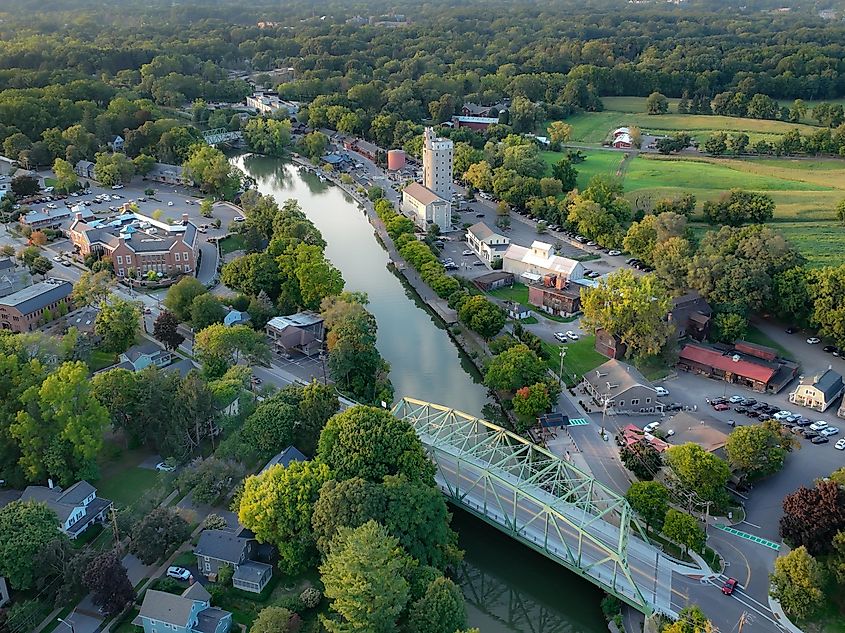
Perhaps the most unusual effect was that the canal powered what historians call a "psychic highway" for ideas to spread faster than ever before. The Women's Rights movement found its strongest support in canal towns, with events like the Seneca Falls Convention of 1848, the first ever such gathering, taking place near the waterway.
Abolitionists also made use of it, with canal boats transporting fugitive slaves along the Underground Railroad, with Harriet Tubman and Frederick Douglass known to have operated in the canal corridor. Religious movements including Mormonism, Adventism, and Spiritualism also flourished in what became known as the "Burned-Over District" along the canal route.
Decline and Competition
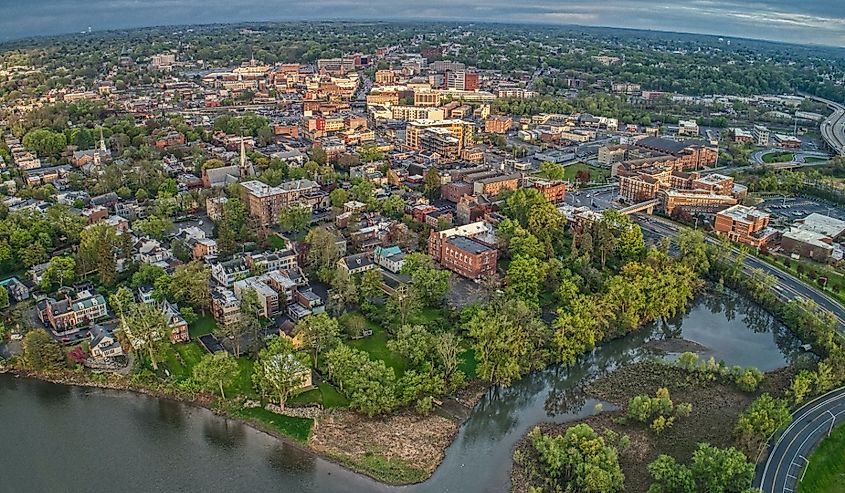
Despite its initial success, it didn’t take long before the Erie Canal's commercial dominance to wane. Competition reared its head in the form of the Albany and Schenectady railroad which opened in 1831, just six years after the canal's completion. By the 1850s, railroads could move freight (and people) faster and operate year-round, unlike the canal which froze from December through March.
The canal did, however, undergo further building phases to widen and deepen it in an attempt to improve its ability to carry more and bigger vessels. Despite these modernization efforts, however, commercial traffic did steadily decline.
The biggest blow came in 1959 when the St. Lawrence Seaway opened and diverted international shipping. The Interstate Highway System also took a toll as it made trucking more economical for domestic freight, and by 1994, when tolls were finally abolished, commercial shipping had virtually ceased altogether.
Restoration and Rejuvenation
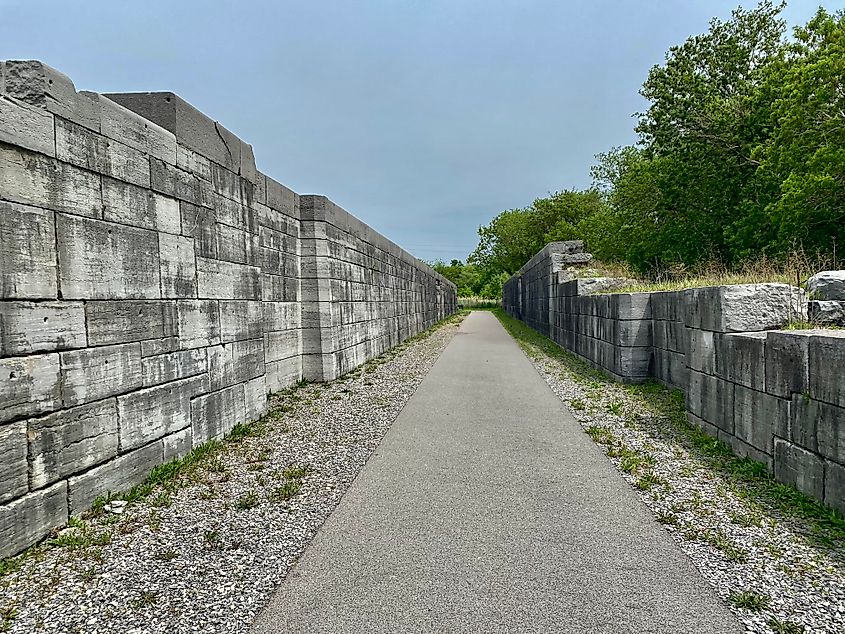
Rather than abandon the canal, however, New York State reimagined it as a recreational and heritage corridor. The 1960s saw the beginning of preservation efforts, with local communities recognizing the canal's tourism potential. Old towpaths were converted to trails, historic locks were restored as museums, and canal villages began marketing their waterfront heritage.
The creation of the Erie Canalway National Heritage Corridor by U.S. Congress in 2000 formalized federal recognition of the canal's significance, ensuring its preservation for generations to come. Key victories along the way include saving the 1850 Schoharie Crossing aqueduct, restoring the Lockport Flight of Five, and maintaining 36 miles of the original 1825 channel as Old Erie Canal State Historic Park between DeWitt and Rome.
Another notable canal landmark that has benefitted from these preservation efforts include the Chittenango Landing Dry Dock Complex, where canal boats were once repaired. Now operating as a museum, it provides visitors with a fascinating look at 19th-century boat-building techniques.
The Erie Canal Today
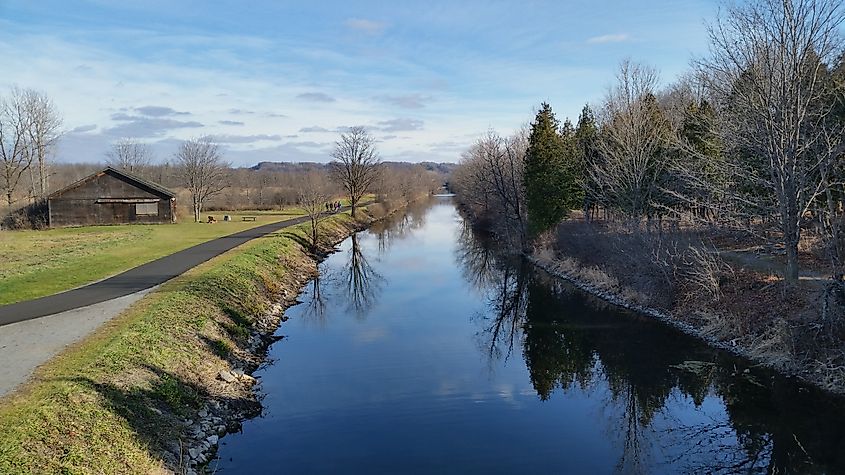
Today, the Erie Canal carries many thousands of recreational boaters annually, generating an estimated $6.2 billion in economic impact across 200 canal-side communities. Now under the umbrella of the 524-mile New York State Canal System along with the Champlain, Oswego, and Cayuga-Seneca canals, this marvel of 19th century engineering still boasts 35 locks and 15 lift bridges, all well-maintained and operated toll-free.
Even if you never experience being on the water, there’s plenty of canal-related activity on dry land to enjoy, too. The Empire State Trail incorporates 360 miles of the historic Erie Canalway Trail along former towpaths, creating a 750-mile network that attracts over 100,000 cyclists annually. Communities like Fairport have transformed their canal waterfronts into entertainment districts, with restaurants and boutique shops aplenty.
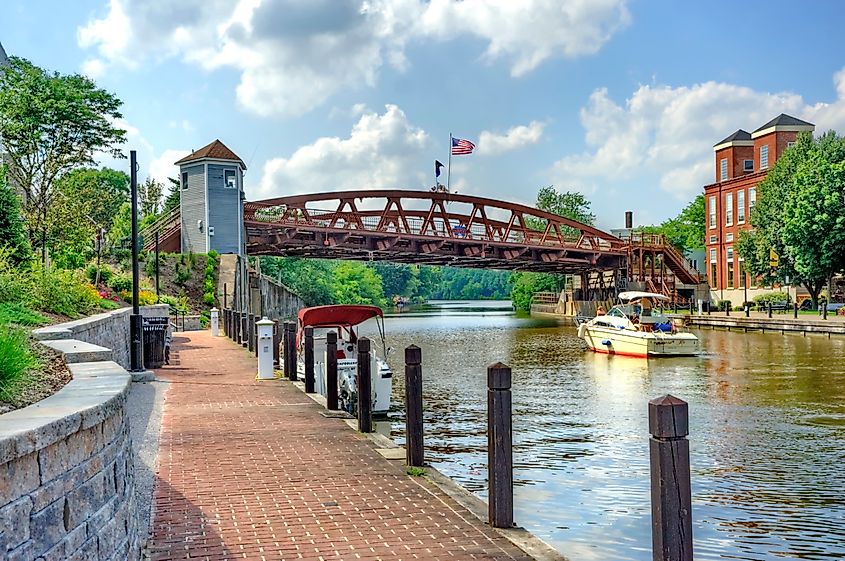
Educational programs also flourish along the corridor. The Erie Canal Museum in Syracuse occupies the 1850 Weighlock Building, the only surviving structure where canal boats were weighed for toll assessment. At Lockport, you’ll get to see the only double set of working locks on the canal system, while underground boat tours explore the original 1825 "Flight of Five" tunnel beneath the modern locks.
The canal also continues to serve several more practical purposes, too. Municipalities draw drinking water from the system, farmers use it for irrigation, and several hydroelectric plants generate power from the flow of water through the canal. It has also proven an important resource for environmental studies, with research facilities like the Great Lakes Research Consortium utilizing it for a variety of eco-projects.
The Erie Canal’s Big 200th Birthday
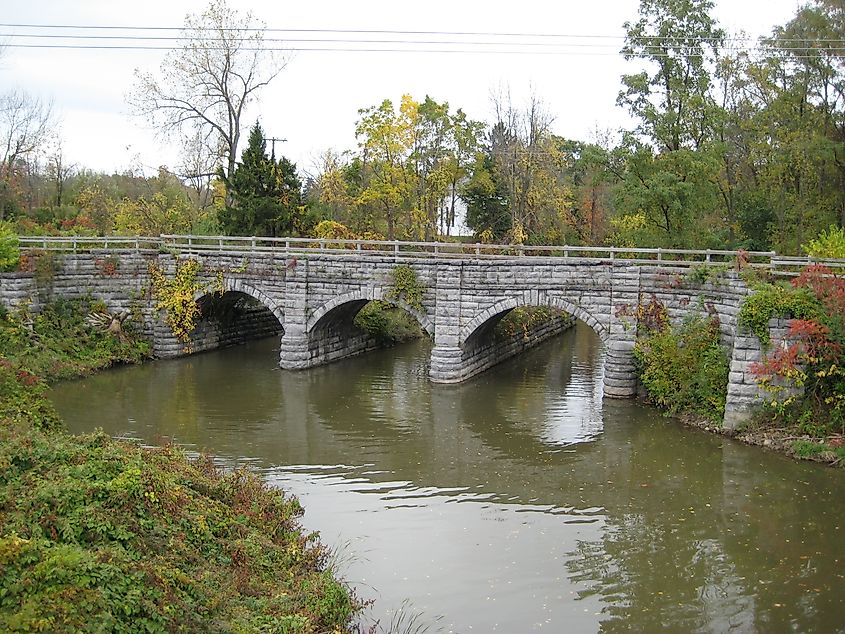
Now that you know what the Erie Canal is all about, why not take a day or two (or more) and pay a visit?
The Erie Canal Bicentennial encompasses many fun celebrations throughout 2025, including a recreation of the Seneca Chief, the packet boat that carried Gov. DeWitt Clinton along the canal in 1825 when it opened. Built by volunteers at the Buffalo Maritime Center, it departs from Buffalo's Commercial Slip at Canalside on September 24, stopping at more than 20 communities before arriving in New York Harbor on October 26, exactly 200 years after the original "Wedding of the Waters."
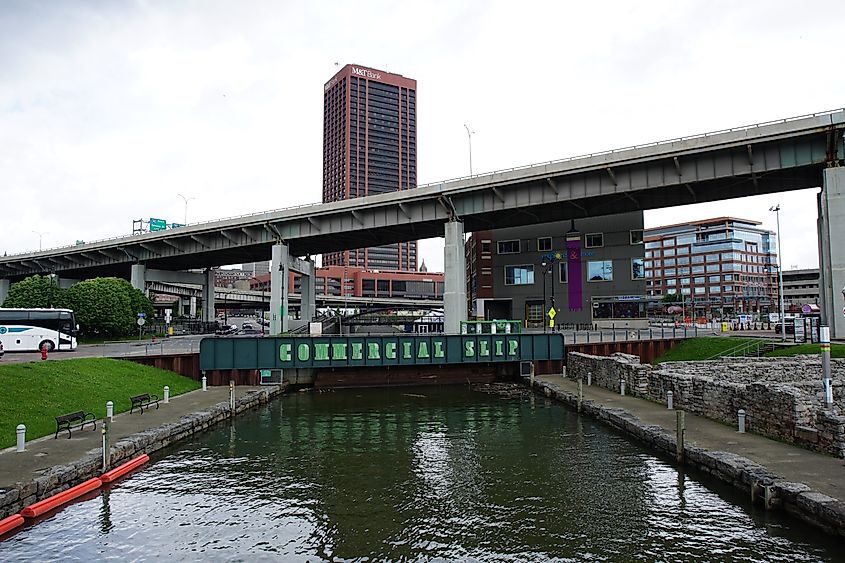
The eight-day Cycle the Erie Canal tour from July 19 to July 26 sees participants pedal the entire 400-mile route from Buffalo to Albany. Rochester's Roc the Riverway Weekend (September 26 to September 28) highlights the Seneca Chief's arrival at Corn Hill Landing. A few days prior, the Adirondack Canalfest in Whitehall (September 13) welcomes the replica boat with a floating circus performance by Waterways Circus. The Erie Canal Boat Float and Folk Festival in Rome features paddlers in period costume recreating packet boat travel.
There's no doubt the Erie Canal's big 200th birthday is shaping up to be a fitting tribute to America’s most important manmade waterway. Sure, commercial barges no longer ply its waters, apart from those rented to enthusiastic vacationers. But the canal’s successful transformation into a recreational corridor generates billions of dollars for the state. In effect, 2025 marks not an ending, but a new beginning for the Erie Canal, and is a once-in-a-lifetime chance to celebrate the American innovation and growth it has helped sustain.
